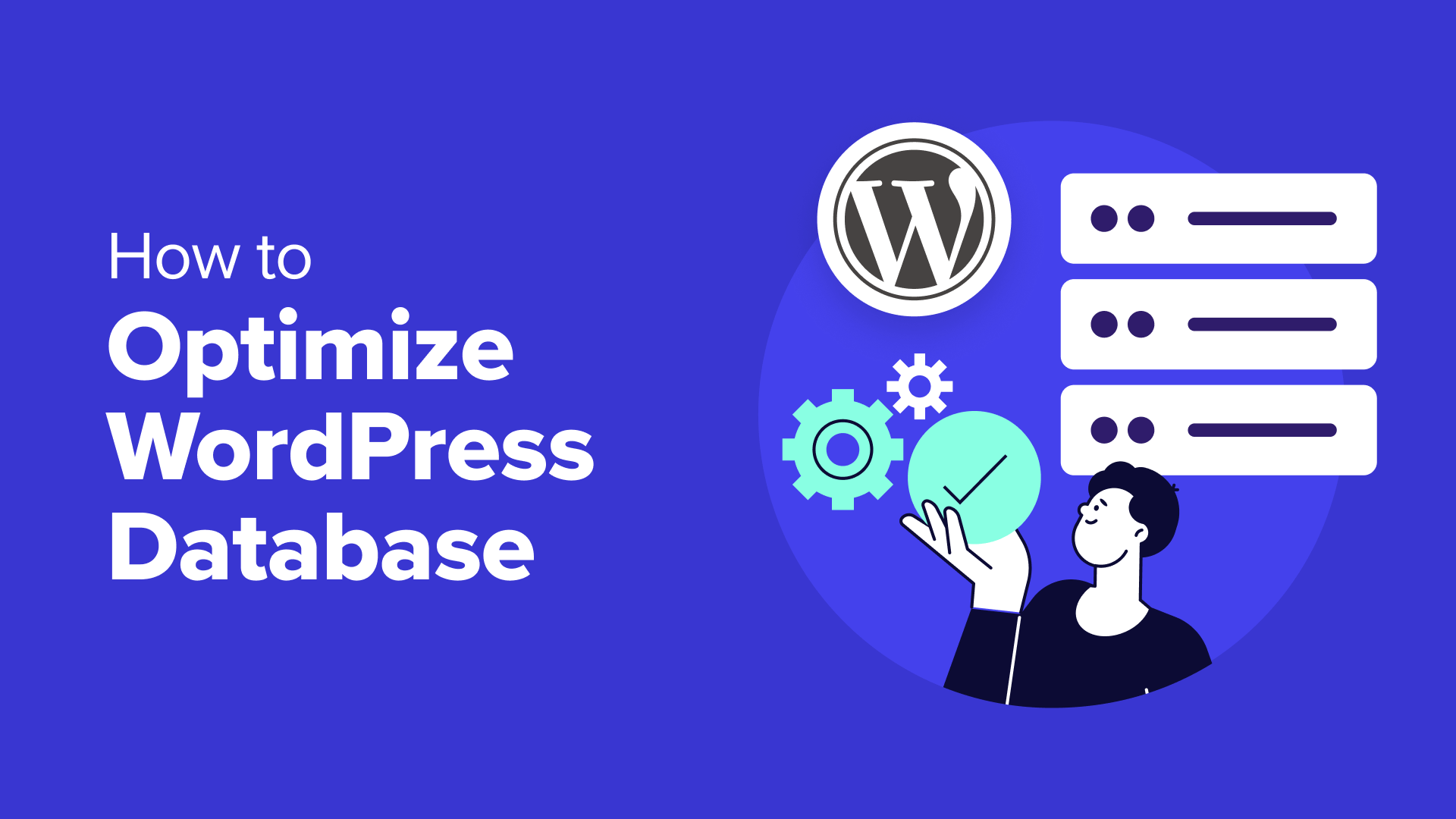As the number one WordPress e-commerce plugin in the world, theWooCommerce Although it can automatically match WordPress language packs, it often encounters three major pain points in actual operation:
- Incomplete automatic translations(e.g. some buttons/prompts are still in English)
- Requires mandatory language specification(e.g. English site for Spanish users)
- Multi-language dynamic switchingdemand (economics)
This tutorial will start from scratch and explain step by step how to change the front-end language of WooCommerce, including language pack installation, switching language settings, translating to residual English, and how to solve the problem if you encounter a problem that can't be translated.
![Image [1] - Complete tutorial for quickly modifying the WooCommerce front-end language (zero code, no plugin conflicts)](http://gqxi.cn/wp-content/uploads/2025/07/20250721110816177-image.png)
How is the WooCommerce front-end language decided?
WooCommerce's front-end language depends by default on WordPress'
If WordPress is set to "Simplified Chinese", WooCommerce will automatically load the Simplified Chinese language pack.
If you have an English WordPress installation, then WooCommerce will appear in English.
So the first step is to make sure that WordPress itself has the correct language settings.
Step 1: Check and set WordPress site language
Operation Path:
- Login to WordPress Backend
- Go to the left menu: Settings > General
- Find the "Site Language" setting.
![Image [2] - Complete tutorial for quickly modifying the WooCommerce front-end language (zero code, no plugin conflicts)](http://gqxi.cn/wp-content/uploads/2025/07/20250721103016506-image.png)
- Select the target language in the drop-down list (e.g. "Simplified Chinese" or "English (UK)")
- Click "Save Changes"
Recommendation: This action affects the backend language interface and will also affect the language display of WooCommerce in parallel.
Step 2: Install WooCommerce Language Packs
After changing the WordPress language, if WooCommerce does not automatically load the corresponding language pack, you need to install the language file manually.
Method 1: Automatic installation of language packs
After switching the WordPress site language, the system will automatically install the voice you need.
Method 2: Manually install the language pack (if automatic fails)
- Go to the background menu: Dashboard > Updates > Translations
- Click on "Translation Update"
- Automatic installation of the latest language packs for WooCommerce
![Image [3] - Complete tutorial for quickly modifying the WooCommerce front-end language (zero code, no plugin conflicts)](http://gqxi.cn/wp-content/uploads/2025/07/20250721103605551-image.png)
Step 3: Translate the remaining English using Loco Translate
Sometimes even though WooCommerce is loaded with language packs, there are still cases where some content is not translated, such as the checkout page prompt, "Add to cart" button, "View cart" link, etc. In this case, you can use Loco Translate plugin to solve the problem. In this case, you can use Loco Translate plugin to solve the problem.
Install and enable Loco Translate:
- Backstage menu: Plugins > Install Plugin
- Search for "Loco Translate", click on Install and Enable
![Image [4] - Complete tutorial for quickly modifying the WooCommerce front-end language (zero code, no plugin conflicts)](http://gqxi.cn/wp-content/uploads/2025/07/20250721103752262-image.png)
Translate WooCommerce:
- Menu: Loco Translate > Plugins
- Find "WooCommerce" and click on it.
![Image [5] - Complete tutorial for quickly modifying the WooCommerce front-end language (zero code, no plugin conflicts)](http://gqxi.cn/wp-content/uploads/2025/07/20250721104054821-image.png)
- Select the language to be translated (e.g. Chinese)
- Edit the text of the corresponding string, e.g. change "has been added to your cart" to "has been added to your cart".
- Save translation
![Image [6] - Complete tutorial for quickly modifying the WooCommerce front-end language (zero code, no plugin conflicts)](http://gqxi.cn/wp-content/uploads/2025/07/20250721104538489-image.png)
Note: Translations may need to be re-synchronized after each WooCommerce plugin update.
Step 4: Front-end language settings not working? Troubleshooting method
If you find that the language setting is invalid, it may be due to the following reasons:
- Cache not cleared
Clear your browser cache, clean WordPress Caching Plugin(e.g. WP Rocket, LiteSpeed Cache) - Theme not compatible with WooCommerce translation
Some themes override the language text by themselves, such as modifying the button text in the template file. Solution: Check the theme template file (e.g. woocommerce/cart/cart.php) and use Loco Translate to edit the theme language pack. - Unsynchronized or incorrect version of language files
Click the "Synchronize" button in Loco Translate to update the strings and make sure the language pack is up to date.
Step 5: Multi-language switching (optional extension)
If your site is geared towards users of different languages, you can add language switching capabilities using the Multilingual plugin:
Recommended plug-ins: Polylang, WPML,TranslatePress
Each language can have a separate front-end page
User can select language on the front end (add language switcher to the menu)
To summarize: the complete process of setting up the WooCommerce front-end language
Clearing the cache: ensuring that language changes take effect immediately
Multi-language support (optional): Use plug-ins to implement language switching functionality
By following these steps, without modifying the code, you can make the WooCommerce The front-end interface switches to the target language for a better localized shopping experience.
Link to this article:http://gqxi.cn/en/68895The article is copyrighted and must be reproduced with attribution.

























![Emoji[jingya]-Photonflux.com | Professional WordPress repair service, worldwide, rapid response](http://gqxi.cn/wp-content/themes/zibll/img/smilies/jingya.gif)






No comments